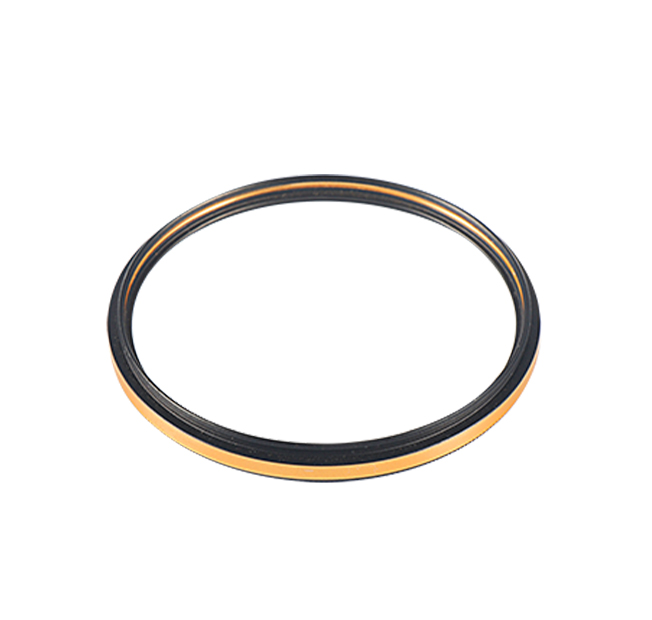Time:2025-06-12 Views:0 source:CNC Machining customization source:CNC Machining news

Sheet metal processing is a complex and multi - step procedure that demands meticulous attention to detail at every stage. The initial step often involves material selection. Commonly used materials include stainless steel, aluminum, and cold - rolled steel. Each material has distinct properties; for instance, stainless steel offers excellent corrosion resistance, making it suitable for applications in harsh environments, while aluminum is lightweight and has good thermal conductivity, ideal for aerospace and automotive components.
After material selection, the cutting process commences. Traditional methods like shearing use mechanical force to separate the sheet metal into desired sizes. Modern techniques such as laser cutting have also become prevalent. Laser cutting provides high precision, enabling the creation of intricate shapes with minimal burrs. It works by melting and vaporizing the metal with a high - energy laser beam, allowing for cuts as narrow as 0.1 - 0.3 mm.
The bending process is another crucial aspect. It involves using bending machines to form the sheet metal into the required shapes. The quality of the bend depends on factors like the bending radius, the type of tooling used, and the force applied. For example, a smaller bending radius may require more force and can potentially cause cracking in some materials. After bending, additional processes such as punching and stamping may be carried out. Punching creates holes or shapes in the sheet metal, while stamping can form more complex three - dimensional structures.
Surface treatment is the final but equally important step. It includes processes like powder coating, electroplating, and anodizing. Powder coating provides a durable and aesthetically pleasing finish, protecting the metal from corrosion and wear. Electroplating adds a thin layer of metal, usually for decorative purposes or to enhance conductivity. Anodizing, especially for aluminum, creates a thick oxide layer that improves corrosion resistance and can be colored for a more attractive appearance. Each step in the sheet metal processing requires strict quality control to ensure the final product meets the required specifications.
Read recommendations:
Sealing ring Precision electronic parts
Housing components for recessed downlights Precision electronic parts
Oval Magnetic Hardware Precision electronic parts
CNC Machining Dimension Accuracy
CNC processing factory - Meeting customers' strict requirements for precision